Sisophon Education Centre
Helping our young people to continue their studies at the Sisophon Education Centre in Cambodia. SUPPORT THIS PROJECT
Funds raised so far: 40%
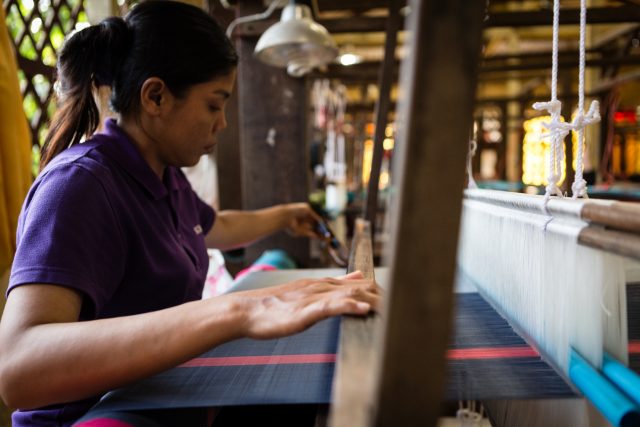
“Once upon a time women would weave silk here.” It was with this phrase that Nékrou caught the attention of Philippe Pougnadoresse nearly 20 years ago. While on a voluntary mission for Children of the Mekong, the young man listened to the old lady tell him about her life before the war, the Khmer Rouges and the famine. Before culture was declared a weapon of propaganda and wiped out, as well as getting rid of all those with a skill that “polluted” the Khmer people.
Nékrou is a survivor and in post-war Cambodia dreamed of bringing back the art of silk weaving that she so often saw her elders doing. In 2001, with the help of Espoir en soie and Children of the Mekong, the Soieries du Mekong project made this a reality. The associations quickly realised that not only does this project protect Cambodia’s cultural heritage, it provides the women it is aimed at with the keys to their independence.
At the beginning of the 2000s, the main reason for rural exodus to Cambodia was to look for work, and this remains the case now. In 2012, a study conducted by the United Nations Population Fund (UNFPA) revealed that 40% of those in the capital were there as a result of rural exodus.
Mostly aged between 15 and 29, young people are leaving their villages in search of work, leaving behind them an aging or very young population, causing these regions to become even poorer.
In the city, the much-desired El Dorado often turns out to be a place where the population density exacerbates inequalities and ghettosies the poorest. We must find a solution to this pattern of increasing endemic poverty. The association has improved education in the village of Banteay Chhmar through sponsorship and, by bringing back the art of silk weaving, it has also made the village more economically attractive for around 50 families.
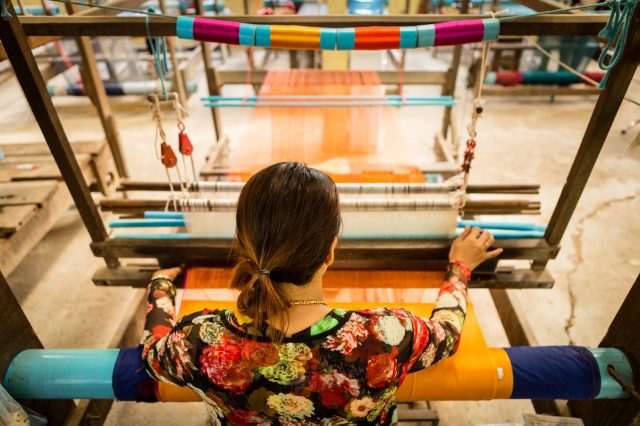
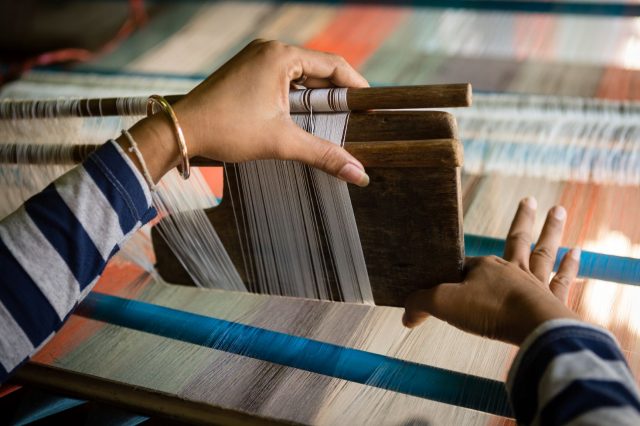
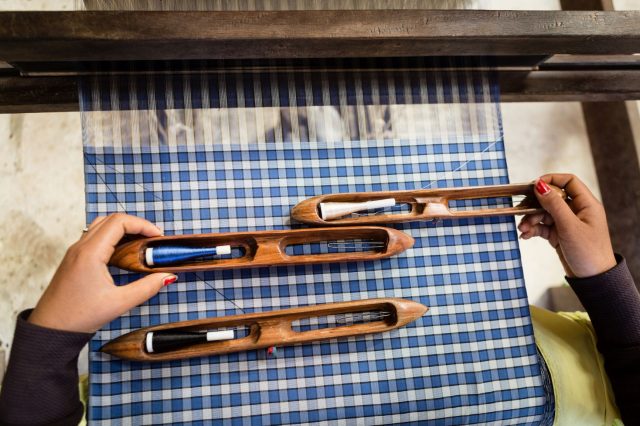
Chinda is one of the very first weavers to have been trained by Nékrou in 2001. A 55-year-old mother, she is now one of the most experienced and is in charge of the workshop for Soieries du Mekong. “I am happy to be able to work near to my home and my family”, she tells us. Without this workshop, Chinda may not have been able to stay in her village.
Vannsy says that she started working at the workshop in 2005. She has been able to save money thanks to having regular work and has now invested in a plot of land where she can grow rice. Vannsy and her family have also gained independence.
Soieries du Mekong has also been a saving grace for Tum. Tum is a mother and she would leave her children to cross the border to go and work in Thailand. She worked on construction sites for 5 years without being able to go home, but thanks to weaving, she can now live with her family in the knowledge that she has a stable income.
The younger generation also benefits from this new dynamic in the village as they do not have to go far or settle down in the city. Lolork is a young girl, aged 23. She left school to go and work in the fields and so had few job prospects, going from plantation to plantation as a labourer. The young girl has a smile on her round face and murmurs: “Thanks to Soieries, I have a job!” It’s no more complicated than that.
For all these women, weaving now represents above all else a calm future that is far from the inequalities of the city, far from the worries of day labourers and closer to their families. A job that doesn’t require them to leave but allows them to look after their children and send them to school. This is Soieries du Mékong’s philosophy, Children of the Mekong‘s engagement and the belief of all those who give life to these beautiful women whenever they buy a scarf!
For an association like Children of the Mekong that is dedicated to its statues to provide aid for poor and suffering children in South-East Asia, the situation of women is an obvious issue to address. Helping a child without taking their whole family into consideration would be impossible, if not unsuccessful. Still today, many parents in Cambodia abandon their children to go and work in Thailand where, unfortunately, women are often subjected to exploitation by illegal networks or textile factories that scarcely follow labour law.
It is in this context that Yves Meaudre, then Director of Children of the Mekong, and Bruno de la Maisonneuve, President of the association Espoir en Soie, founded “Ecole de la Soie” in 2001 on the banks of the moat around Banteay Chhmar Temple. A few years later, the school became the business Soieries du Mekong.
In the time of a social and solidarity economy, this project not only reintroduces the savoir-faire of silk weaving, but also trains women and allows them to acquire a skill and live off the sales of scarves around the world. There are already more than a hundred women who have access to this independence and better living conditions.
Damien Verny, Asia Director
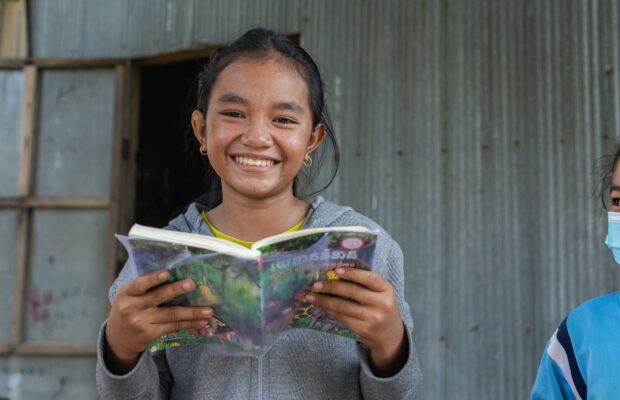
Helping our young people to continue their studies at the Sisophon Education Centre in Cambodia. SUPPORT THIS PROJECT
Funds raised so far: 40%
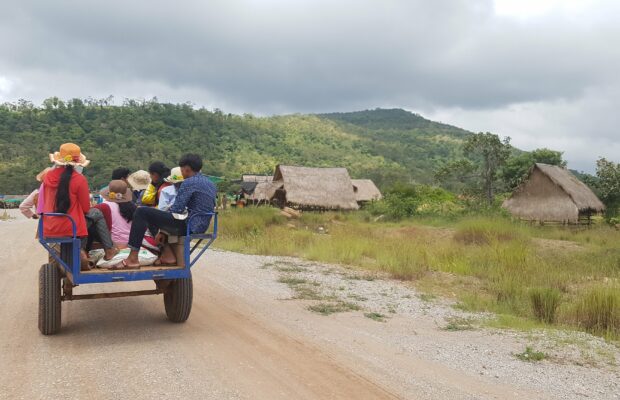
Samrong is located in Oddar Meanchey province, in Northwest Cambodia. Education opportunities are severely limited and dropout rates remain high. Support this project
Funds raised so far: 51%
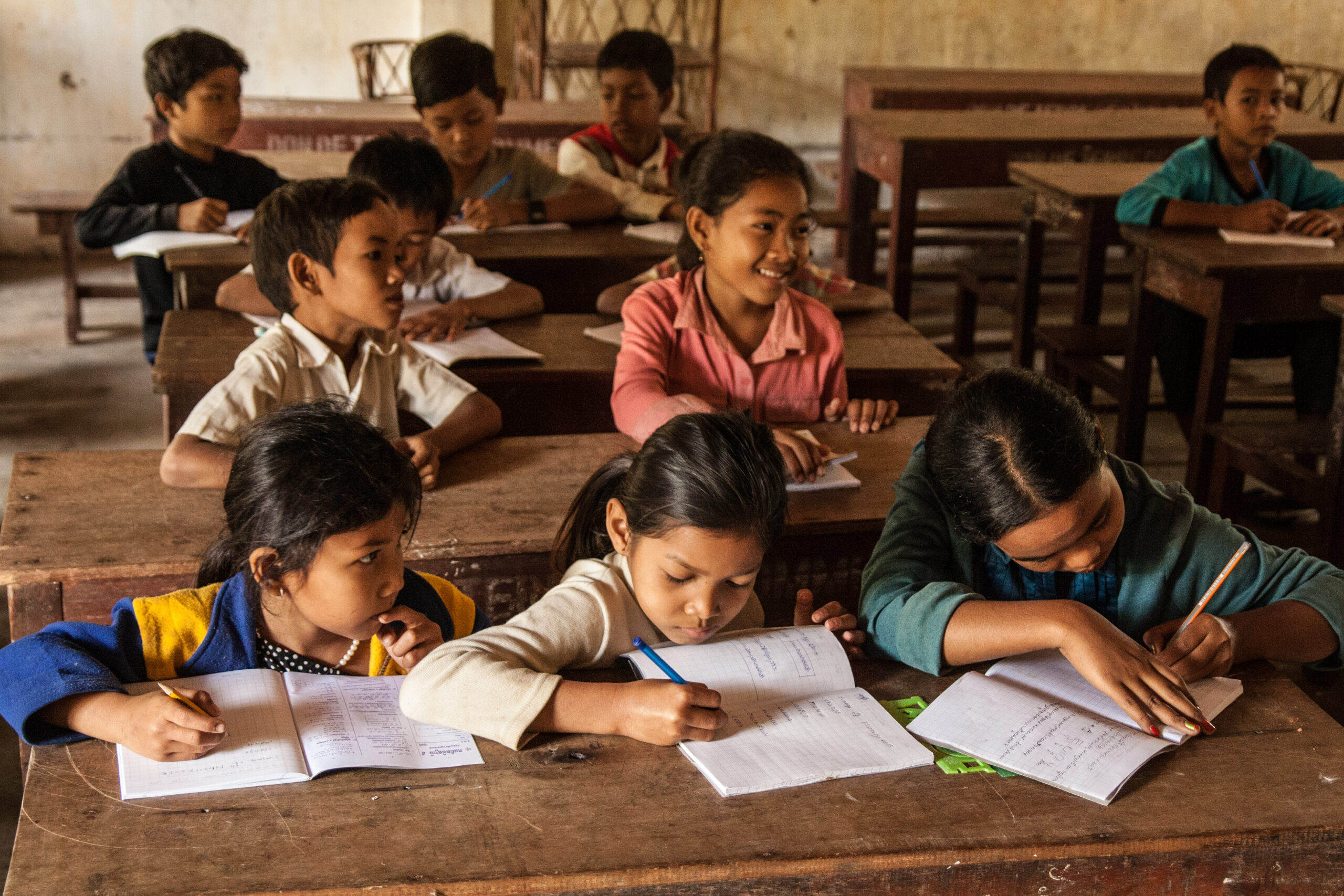
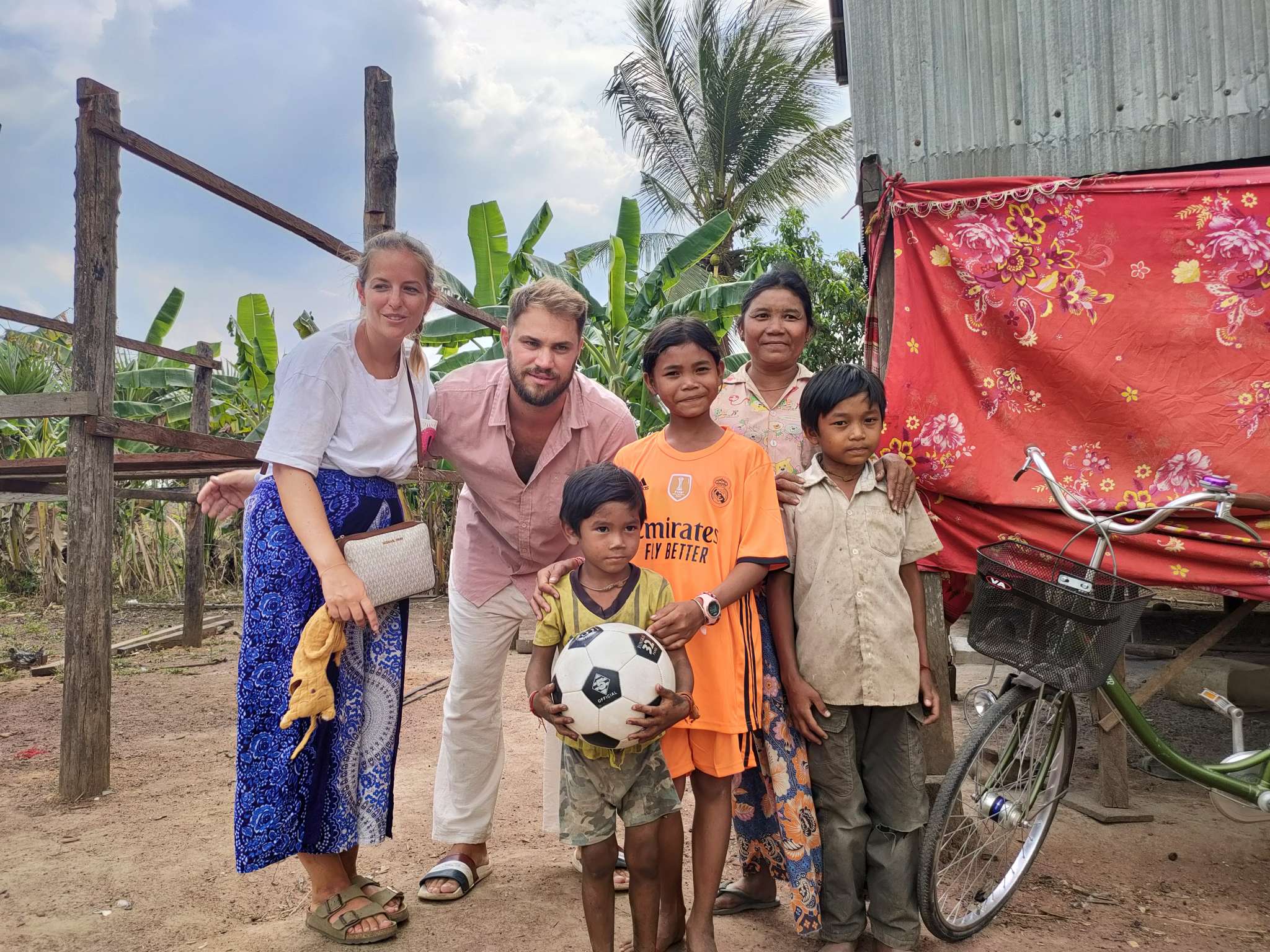
Kendall, Jonathan & Hugo are on a world tour with their family. They have been sponsoring the education of a little Cambodian girl, Vichika […]
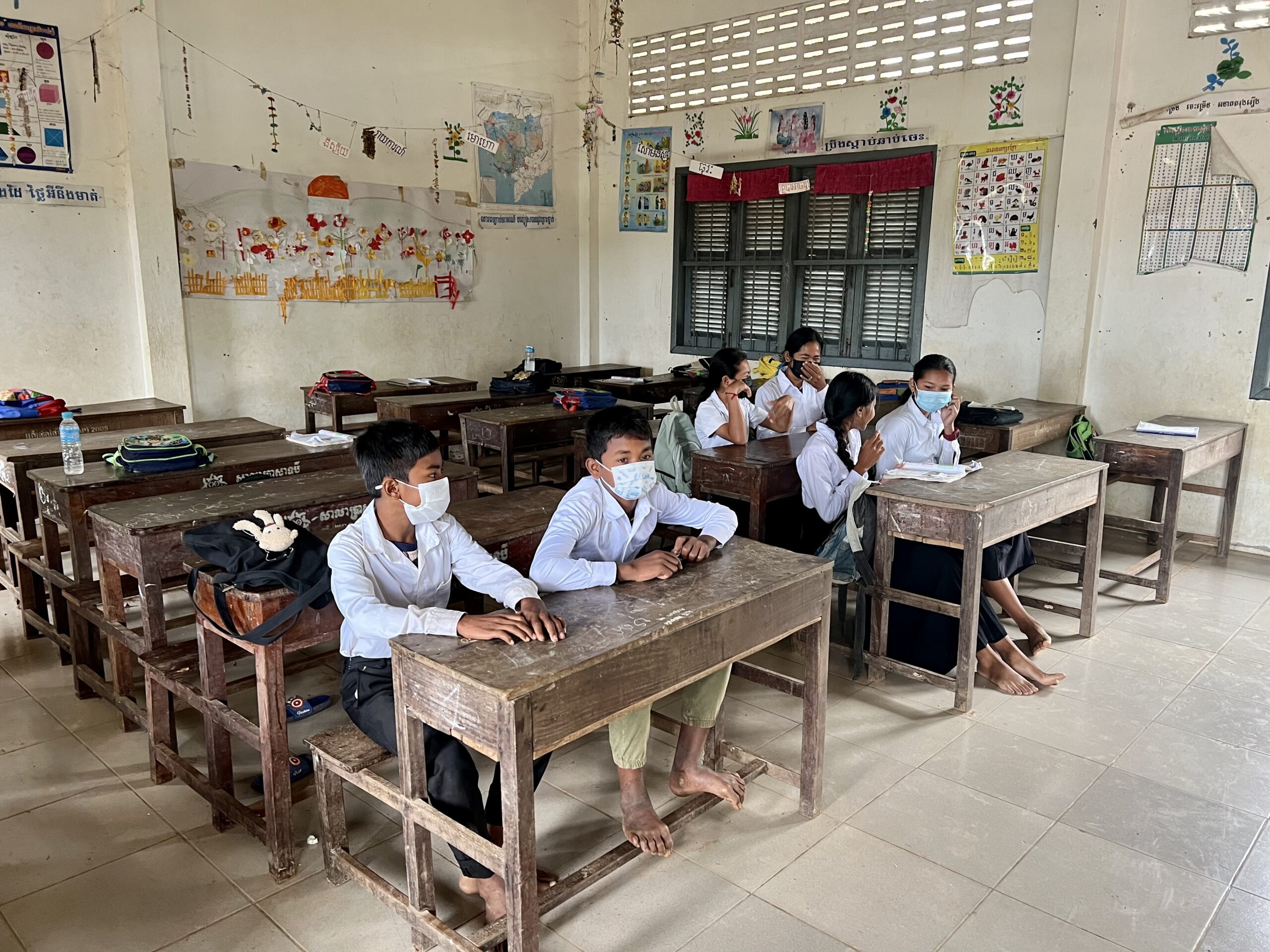
Findings from the Ministry of Education, Youth and Sport (MoEYS) reveal the serious consequences of the pandemic on Cambodian children’s education. Author: Shi Xian